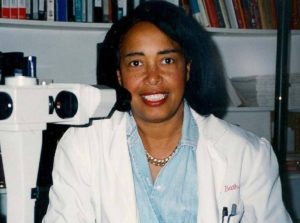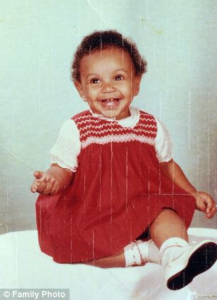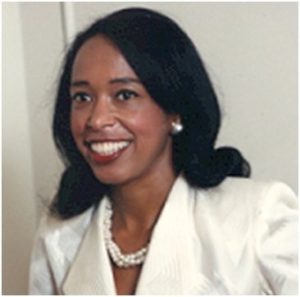Let’s be honest. A few decades ago, it was very hard for women, especially those of color, to progress in their careers to the level which they desired. They not only faced sexism but also racism and other barriers that kept them from reaching their potential. It was especially so in male-dominated fields such as medicine. Women were often regarded as nurses even when they had studied to the point of being doctors. Even now, women still face hurdles in the workplace and are still fighting for their chance to sit at the table. But you know what they say. If they won’t give you a seat at the table, bring your own. That is exactly what Patricia Bath did, and her achievements continue to trickle down to date.
Who is Patricia Bath?
Patricia Bath was born to Rupert and Gladys Bath in 1942 in Harlem, New York. She was the daughter of an immigrant father from Trinidad, who enabled her to explore her love for different cultures. He was the first black man to work as a motorman for the New York City subway. It seems this was a family of revolutionaries. Her mother had an African slave and Cherokee Native American history. As a young girl, Patricia learned from her parents that she should always aim for better than average. It was this motivation that enabled her to delve into science and math. She did well in school, so much so that her teachers encouraged her to follow the research path seeing as she had a deep interest in biology studies.
Patricia started making waves early on in her life and was already receiving scientific research awards at 16. This, coupled with her interest in Albert Schweitzer’s work in the Congo, informed her decision to study medicine. She embarked on her medical degree course at the Howard University College of Medicine in Washington DC. At the age of 26, Patricia was already interning at the Harlem Hospital before taking on a fellowship at Columbia University from 1969 to 1970. It was during this period that she noticed a gap in the medical field. That’s the thing with innovations. Inventors borrow from their surroundings by assessing problems and finding solutions to these.
What was the problem?
As a young intern working in the hospital, Patricia interacted with many of the patients and noticed an interesting pattern. An average of half of the patients was either blind or visually impaired. She found this very startling, and with her love for research, she decided to look into it at a much deeper level. Her findings showed that black people were twice as likely to suffer from visual impairment than white people. It got even more interesting. This disparity owed to the lack of access to adequate medical care. It makes a lot of sense. Back then, African Americans were still trying to fight for their place in society and had little access to conveniences that white people enjoyed. They did not have enough funds to access ophthalmologists, and most of them would only go to the doctor when things took a turn for the worse.
What did she propose?
Patricia decided to take on community ophthalmology, which is now a practiced discipline all over the world. Let’s add this to her achievements. This practice looked at community medicine, public health, and clinical ophthalmology. She focused on populations that did not have access to quality healthcare. Volunteers would move around senior centers, daycare programs, and other such facilities to assess people for any eye problems. The beauty of this program is that it allowed the volunteers to catch diseases before they could have irreversible effects. Thousands of people benefited from this program. Older adults were able to have their glaucoma diagnosed and treated before it got worse. School children were also able to have their eyesight checked, and where need be, they were also fitted for eyewear.
Her invention
Besides the community program, Patricia also had a keen interest in teaching, and she took up an assistant professor position at Charles R Drew University. Her achievements did not end here, and she went ahead to invent a machine that has changed ophthalmology for the better. She created the laser phaco probe, an idea that took 5 years of research because it was well ahead of its time. With this machine, she came up with a way to remove cataracts in the least invasive method by using lasers. Many people thought it was impossible, but the machine proved its worth and is now widely used to help treat cataracts, which contribute to up to 5% of blindness in the United States. Here she was again, restoring vision to the visually impaired.

Source: https://encrypted-tbn0.gstatic.com/images?q=tbn:ANd9GcSHSX5CSTGDOUmk0qLfva8MI9mkFXFIcHhh8w&usqp=CAU
Patricia hoped that her success would inspire young women to believe in themselves and to work harder at achieving their goals. She envisioned a time when women being successful would not be a surprise. Having encountered situations where she did not get credit for her work, she was fast in getting a patent for her invention, which stands as a testament that women have what it takes to succeed. We can confidently say that she broke the glass ceiling.
Even with the sexism and racism and having her first office in the basement next to the lab animals, Patricia never gave up. And it is this tenacity that continues to give back to the community by preventing the loss of vision and restoring sight to the visually impaired.


